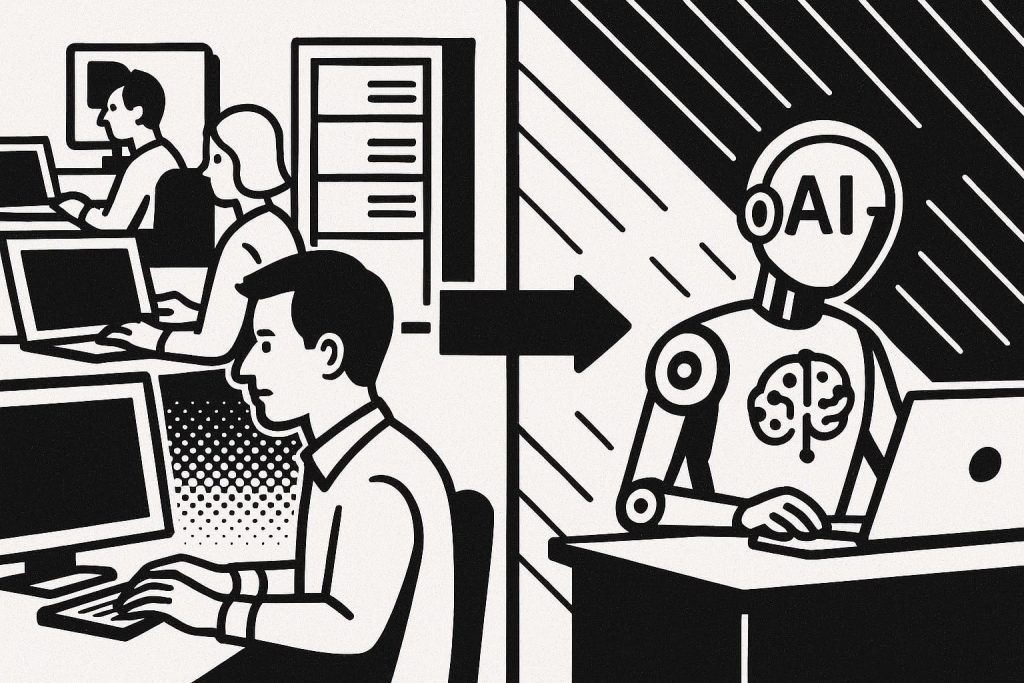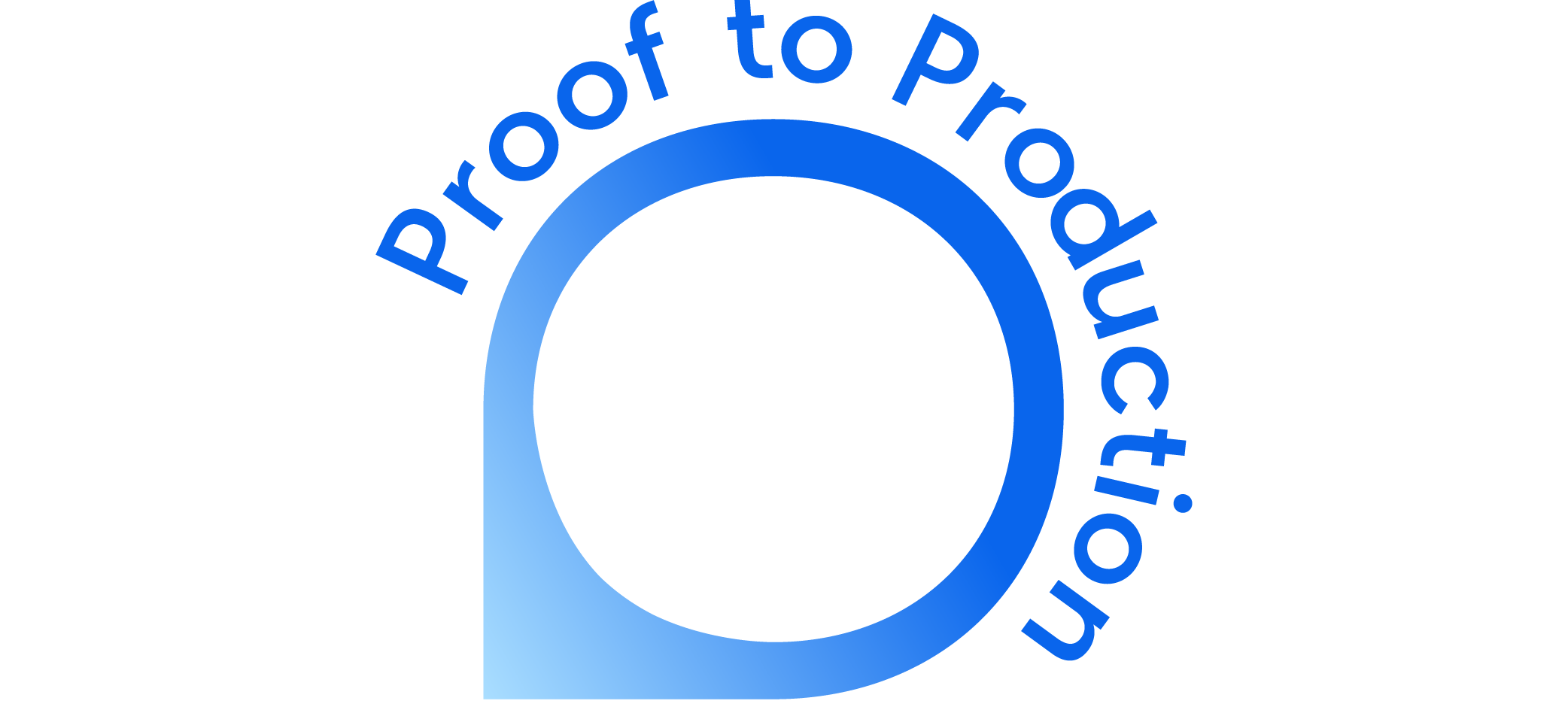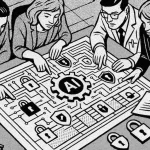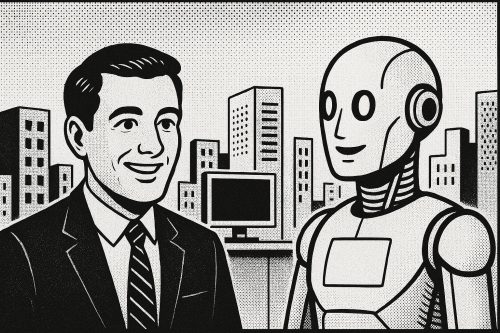The IT function is undergoing its most fundamental transformation in decades. We’re moving from an era where our job was to provide and secure technology that helps humans DO work to an era where we provide and secure technology that DOES the work. This shift is profound, it’s happening at unprecedented speed, and it’s creating entirely new categories of security risk that most enterprises aren’t prepared for.

The Agentic Transformation
The rapid evolution from the mid-90s “castle and moat” security model through cloud computing, SaaS, and software-defined networking gave us a quarter of a century to adapt. But as those working hands-on with AI every day understand, the magnitude and speed of change in the coming years could make that look like a walk in the park. We had 25 years to manage the previous transformation. We may have just 5 years for the next one. As with past technological disruptions, not every company will meet the challenge, but this is likely the timeframe for anyone that wants to be ahead of the curve.
Agentic AI systems differ fundamentally from traditional generative AI in their capacity for autonomous operation. Where generative AI responds to prompts with relatively straightforward generated outputs, agentic AI actively plans, reasons, and executes tasks with minimal human oversight. These systems can access external tools, interact with databases, call APIs, and even generate and execute code to accomplish their objectives.
Consider a typical enterprise scenario: an agentic AI system managing supply chain operations doesn’t merely analyse data and provide recommendations. It autonomously monitors inventory levels, predicts demand patterns, negotiates with suppliers through API integrations, places orders, and adjusts logistics arrangements in real time. This level of autonomy promises unprecedented operational efficiency but it also introduces security risks that extend far beyond those associated with “traditional” AI implementations.
To get a handle on the complete rethink of the enterprise technology and security stack required, consider how enabling AI capabilities represents the antithesis of conventional security thinking: the more access generative AI has to data, the more reliable it becomes, and the more autonomy agentic AI has, the more useful it becomes. So – more access, more autonomy – basically cyber security kryptonite.
To continue reading the article, please click here.








